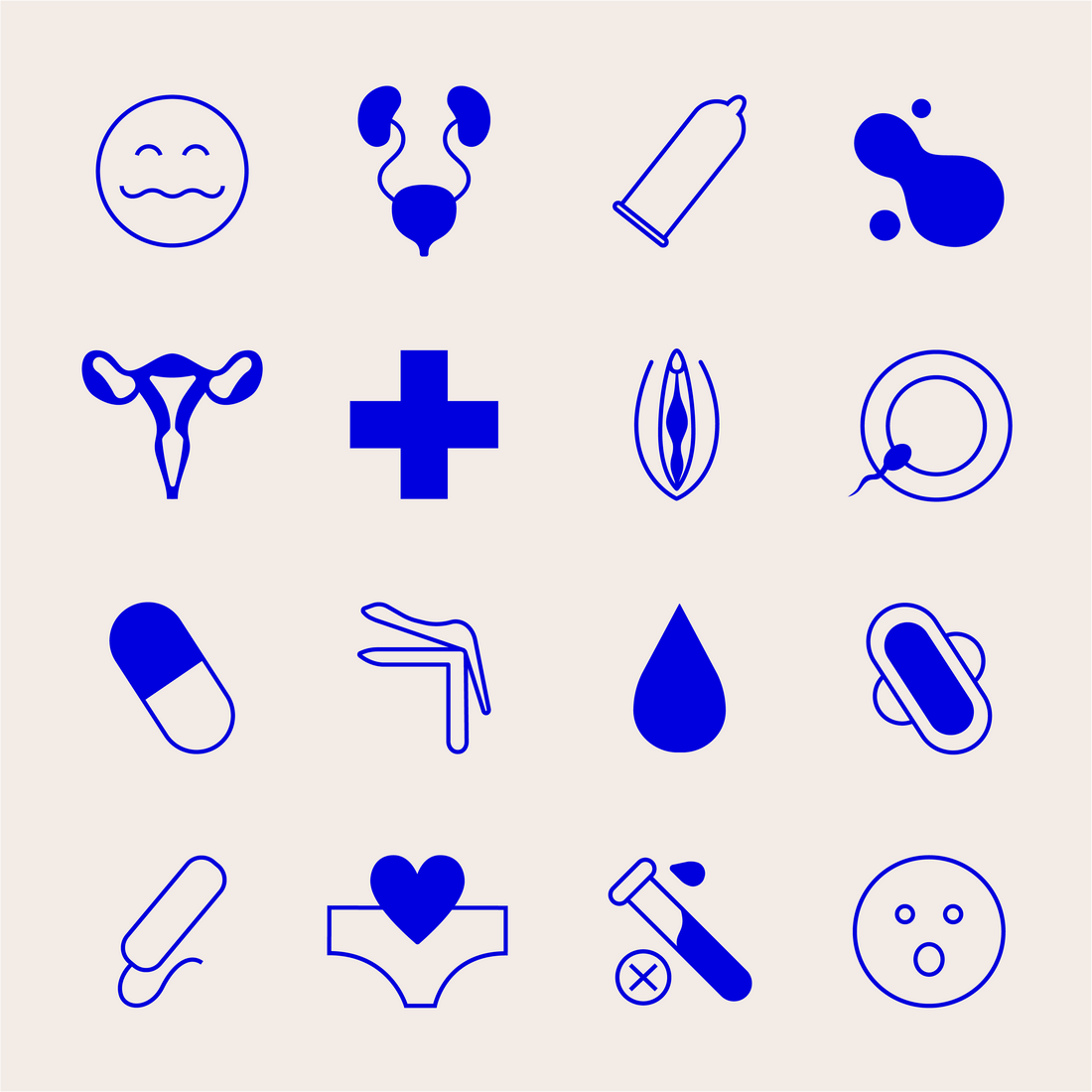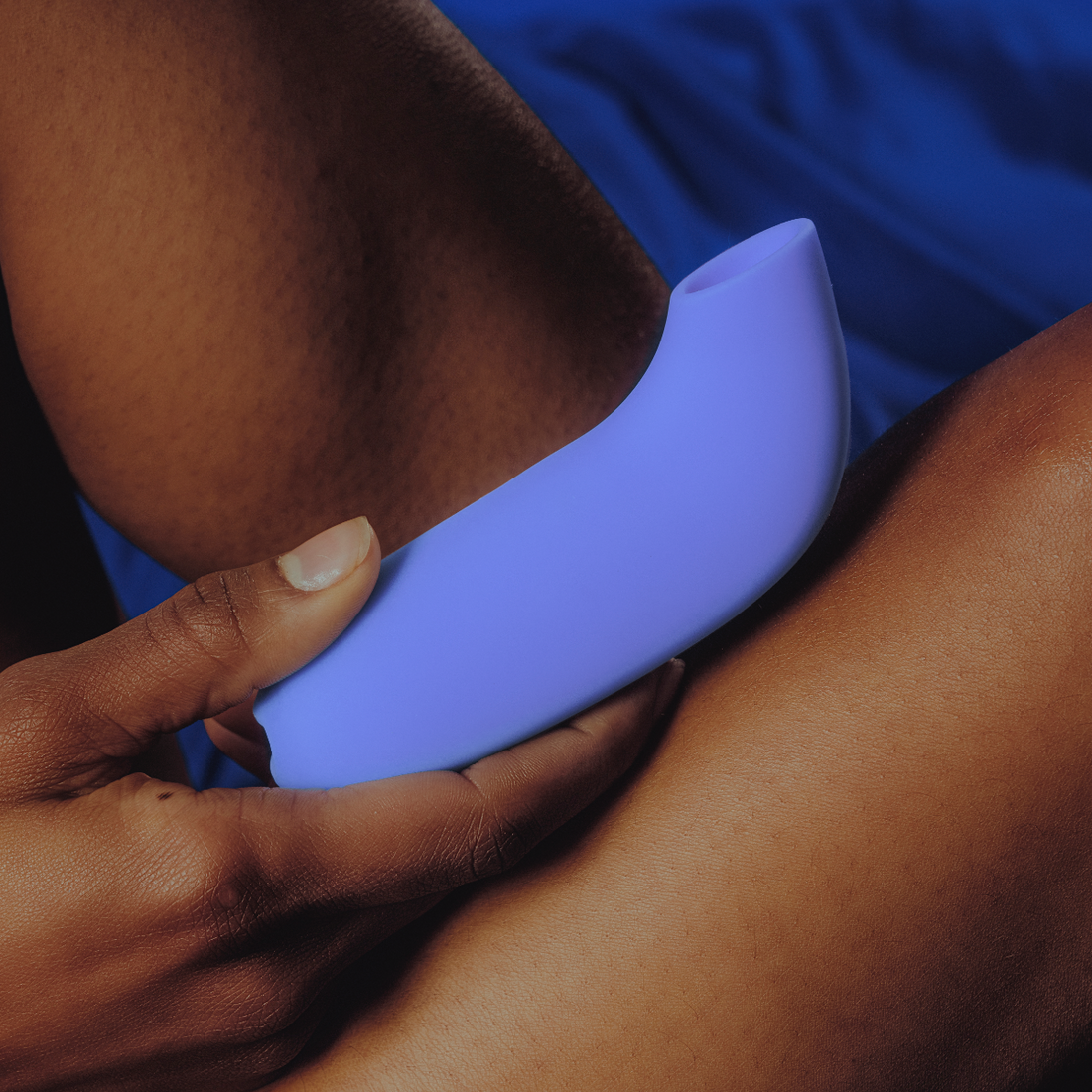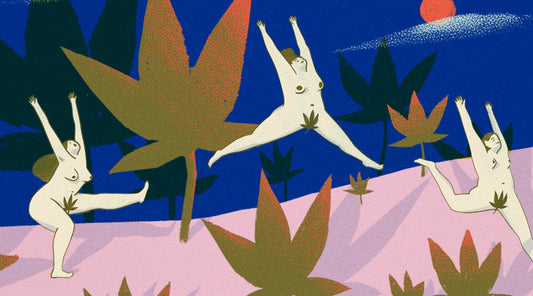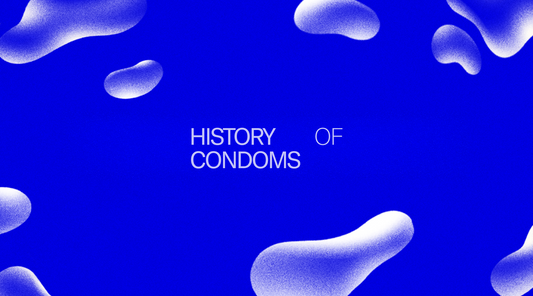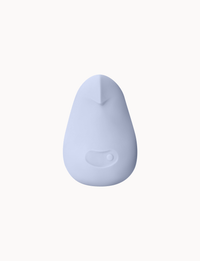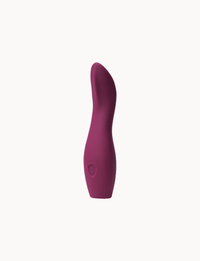An ingestible substance that stokes your libido is fun to think about, but don’t you always wonder whether they actually work? We decided to find out. To get to the bottom of this mystery surrounding aphrodisiacs, we asked a biologist to myth-bust or verify the mechanics of arousal as a response to eating oysters, chocolate, and other popular contenders. You might be surprised to learn the history behind, and the (mostly iffy) science of aphrodisiac foods in our culture. The link between oysters and libido began in Roman times, when most aphrodisiac foods got their rep based purely on whether they looked like genitals, and this stuck all the way to the present day. Mollusk imagery often popped up in paintings of Aphrodite, the Greek goddess of love, as well as her Roman incarnation, Venus. And there’s a popular legend that the 18th century bon vivant and seducer Giacomo Casanova ate 50 oysters for breakfast daily. Thanks to his diary, we do know for sure that he played an erotic game with two young women involving the mollusks. Despite this history, as of 2020, there’s little to no conclusive evidence for aphrodisiacs based in actual science. “There’s no magical bean or superfruit you can get at Whole Foods to increase sexual arousal,” says Dr. Megan Stubbs, an ACS-certified sexologist with dual degrees in biology and human sexuality. “This isn’t Harry Potter.” But on an ingredient level, oysters do contain enriching vitamins that could trickle down into enhancing sexual performance. They may look like vulvas, but oysters are actually more likely to enhance male virility than anything else. They contain zinc, which supports testosterone synthesis and the healthy function of sperm. They also contain tyrosine, an amino acid and nutrient that plays a part in the production of dopamine. That won’t do much for those with properly-firing neurotransmitters, but low levels of dopamine are known to negatively impact libido. Chocolate, the other major player in erotic foods, contains phenethylamine, a stimulant that provokes excitement and a general sense of well-being, though Stubbs believes the amount is too insubstantial to provoke any response. And dark chocolate contains a mild natural antidepressant known as MAOI, which can boost mood. (This really depends on the person, according to Stubbs.)
Both oysters and chocolate contain enriching vitamins that may help your reproductive system more holistically.
Bottom line, neither food is likely to induce spontaneous horniness, but both oysters and chocolate do contain enriching vitamins that may help your reproductive system more holistically. More importantly, they’re delicious, and there’s certainly no harm in enjoying them with your partner. For instance, oysters’ silky, gelatinous texture lends sensuality to the experience of eating them with a lover. And having a positive, sexy experience that involves food is more likely to condition you to respond to them with arousal in the future. But instead of relying on these foods to do the heavy lifting, bring them in as sideshows to the main event. “The real aphrodisiac is spending time with each other, cooking with each other, and being a team,” says Stubbs. “That’s where real oxytocin-boosting takes place.” Stubbs has her own theory about why chocolate is one of the top picks, and it has nothing to do with ingredients: “It’s luxurious, dark, sweet, and can be added into sex play.” She suggests drizzling chocolate syrup on erogenous zones of your partner’s upper body (neck, chest) and licking it off. Avoid using it on or around the vulva, or on any body parts that may end up inside the vagina (fingers or a penis), as sugar interacts badly with vaginal pH levels and can lead to a yeast infection. If you do integrate chocolate into your romantic date, Stubbs recommends hot chili chocolate in particular. Hot chilis induce a flushed, overheated feeling, mimicking some of the physiological responses of arousal. But is replication the same as causation? Actually, yes, sort of. Chilis contain a colorless, odorless, oily compound called capsaicin that stimulates the nerve endings on the tongue. It creates a tingling sensation and increases the release of adrenaline and endorphins, which are natural opiates for the human body—both are released during good foreplay or sex.
Other foods may be likely to increase arousal only because they’re…well, all-around good for your system.
Maybe you’re reaching for aphrodisiacs because you’re struggling with low sex drive in general. In that case, you’re gonna need more than sexy foods. A healthy libido “relies on so many different internal and external systems,” says Stubbs. “A whole symphony of things that have to be working together.” She recommends going back to the hallmarks of foundational nutrition by asking yourself a series of questions: Are you hydrated? Are you hitting the right daily intake of fruits and vegetables? Are you getting sleep? What are your stress and exercise levels? Even if you’re desperate, Stubbs advises against anything that advertises itself as a quick fix: “No powdered rhino horn, no Spanish Fly, nothing they’d sell at a gas station in little pill packets.” That said, some good news: There are some (slightly) more proven sex superfoods, though none are the mythical panty-droppers that you’d expect of aphrodisiacs. Topping the list is maca, a sweet root vegetable that’s been referred to as "Peruvian Viagra." Four legitimate studies have shown that participants experienced enhanced sexual desire after they consumed maca. There is also a small amount of conclusive evidence for certain aphrodisiac supplements that hail from the East, like fenugreek, gingko, and red ginseng. In one study in rabbits, administration of ginseng enhanced the release of nitric oxide in the corpus cavernosum, a process that plays a key role in erections. And other foods may be likely to increase arousal only because they’re…well, all-around good for your system. Nuts contain the amino acid L-arginine, which gets converted to nitric oxide in the body (see the ginseng example above). In one small study, men who consumed 3.5 ounces of pistachio nuts per day for three weeks experienced firmer erections. Ultimately, though, unless you’re deficient in any of the nutrients being provided by these foods, it’s not necessarily their biological properties, but our subjective experiences with them—their properties, their textures, the general sense of decadence we associate with both oysters and chocolate—that’s more likely to turn us on. Basically, it’s more psychological than biological. But don’t discount the placebo effect, advises Stubbs: “The mind is powerful. If you think it’s helping your body, it may be helping your body.”

